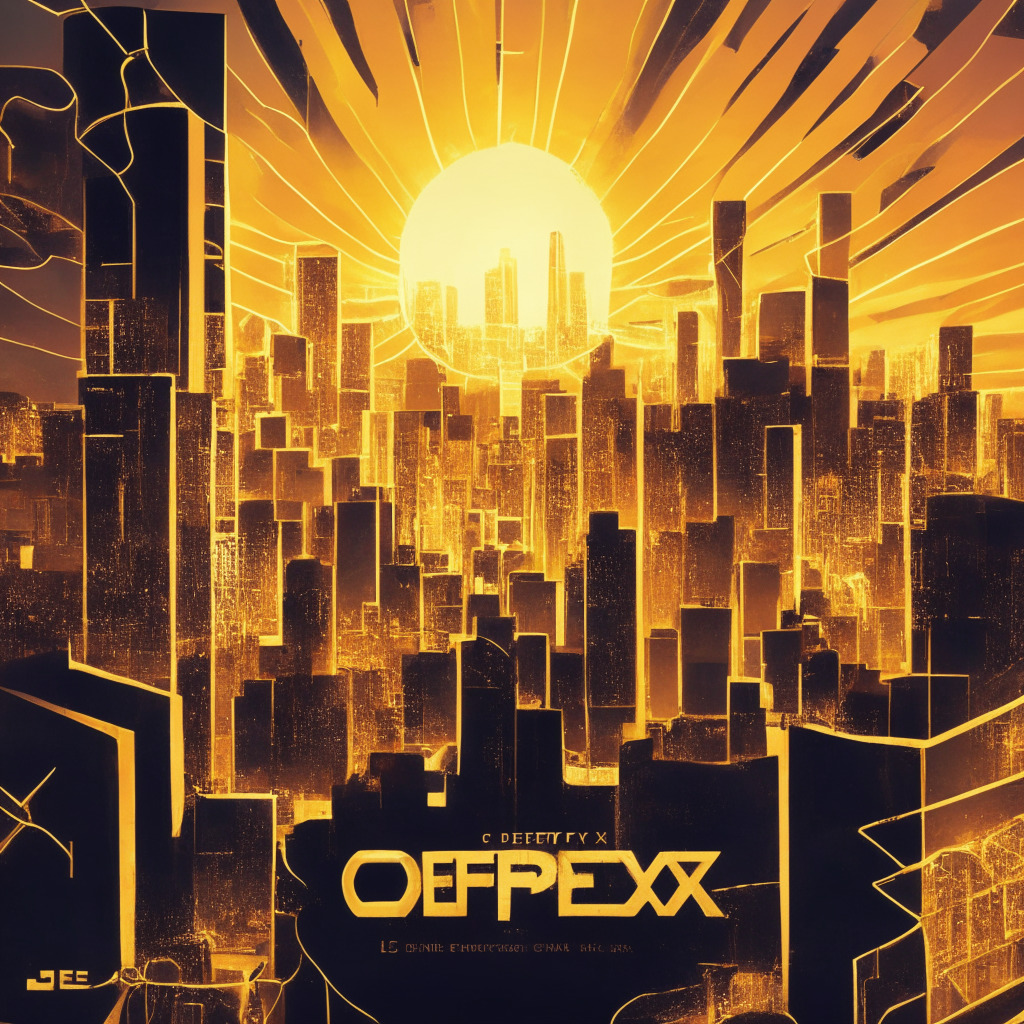The landscape of cryptocurrency has long been dominated by centralized exchanges (CEXs), acting as the primary method of transferring value between blockchains and serving as a gateway into the crypto world for many. However, their success has come with certain drawbacks. It could be argued that the custodial nature of CEXs has hindered the development of the Web3 ecosystem. Decentralized finance (DeFi) has risen in spite of the stronghold of centralized exchanges, as users rely on non-custodial wallets to access even basic DeFi products.
Fortunately, the shift from centralized exchanges to decentralized exchanges (DEXs) is gaining momentum. In the immediate aftermath of the SEC’s crackdowns on Binance and Coinbase, DEX trading volumes surged 444%. Uniswap trading volume has consistently outpaced that of Coinbase so far in 2023 before the SEC formally announced proceedings against the centralized exchange. As crises continue to engulf centralized exchanges, the pendulum is increasingly swinging towards its decentralized counterparts.
While CEXs remain dominant in terms of market share, the growing interest in DEXs has the potential to upend the status quo and open up the full potential of the Web3 economy. Cross-chain experiences, still in their infancy, have been hampered by issues such as low liquidity, poor user experience, and market fragmentation. Addressing these challenges will be key to accelerating the shift to DeFi. As cross-chain technology matures, users are likely to recognize that a DEX world may offer secure, transparent, and user-friendly transactions without relying on a centralized entity. Uniswap, for example, has already proven that on-chain trading can be an appealing alternative to the status quo.
Breaking into the DeFi market has become more challenging with many products competing for attention and liquidity. As the landscape now cares far less about liquidity than it once did, the focus in 2023 is on having a competitive edge for end users. Pricing and gas fees become crucial factors for swappers, as the dominance of aggregation continues to rise.
All new DEXs should ask themselves: what can be done to make this protocol useful to Web3 users in a sustainable way? Without answering this question, any early incentives used to pump liquidity will dry up, and protocols will face the competitive landscape’s realities.
As we approach the latter half of 2023 and beyond, users will likely be surprised by how quickly swapping experiences are improving. With the ongoing evolution of cross-chain swapping, centralized exchanges will have to work harder to attract and retain users. If DeFi exchanges can offer safer, cost-competitive, and entirely transparent solutions, embedded trust of decentralization will be an added bonus. Volume will flow to where the best user experience and value lie, and it is now up to the industry to unlock the full potential of DEX trading.
Source: Cointelegraph




